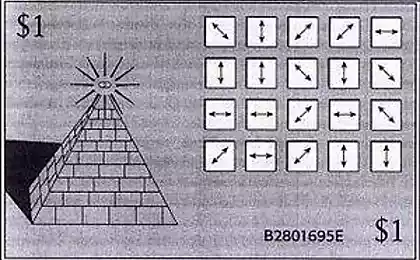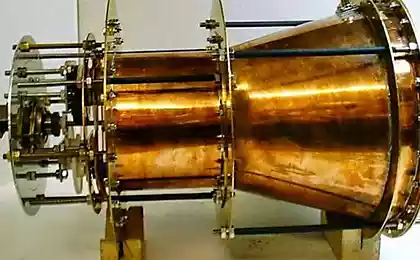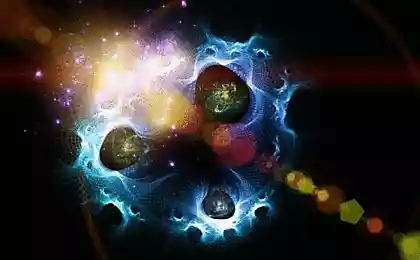833
Quantum Photo 1 photon per pixel
Modern digital cameras are getting better shoot in low light conditions (what is called the "total darkness"). The sensors become more sensitive and detect radiation in the near infrared range as night vision devices.
But researchers from the University of Glasgow believe that this is not the limit. They have developed digital camera with a sensor ICCD (intensified CCD, intensified CCD sensor) detects even single photons.
The design uses two innovative technologies: detection of entangled photons (photon heralding) and compression processing (compressive imaging).
The design is quite complicated to understand the need deep knowledge of mathematics and physics, but in a simplified form, it is shown in the diagram.
Entangled photon detector (heralding detector) uses the phenomenon that under certain conditions it is possible to create a pair of entangled photons via spontaneous parametric down conversion. Observation of a single photon pair is evidence of the existence of the second photon. Thus, the sensor digital camera records the objects of the physical world with the help of photons that are not even in contact with these objects.
In quantum digital camera device is used that separates a pair of entangled photons so that one of them is sent in the direction of photographing the object, and the second - in the direction of the detector. Once the detector detects the appearance of a photon, it sends a signal to the light-sensitive sensor ICCD, that he was activated on 15 nanoseconds and registered coordinates of the signal. This time is sufficient for registration of a single photon, and no extraneous noise does not have time to have an impact on the CCD.
Algorithms for compression processing (compressive imaging) take the information gathered as a whole image and optimize it even more by eliminating the noise. After their work are highlighted, even those pixels that are not received photons. It turns out that the effective performance of the matrix goes beyond the figure 1 photon per pixel.
The illustration below shows an image before and after processing algorithms compression shooting.
The total number of detected photons for this image - 10 000.
New camera, we are unlikely to see in stores soon. It is intended for scientific experiments, in particular for photographic light-sensitive biological objects.
Source: habrahabr.ru/post/236495/
The world's smallest A4 inkjet printer Epson WorkForce WF-100W
Retro gadget late 80s helped his parents force children to learn






















